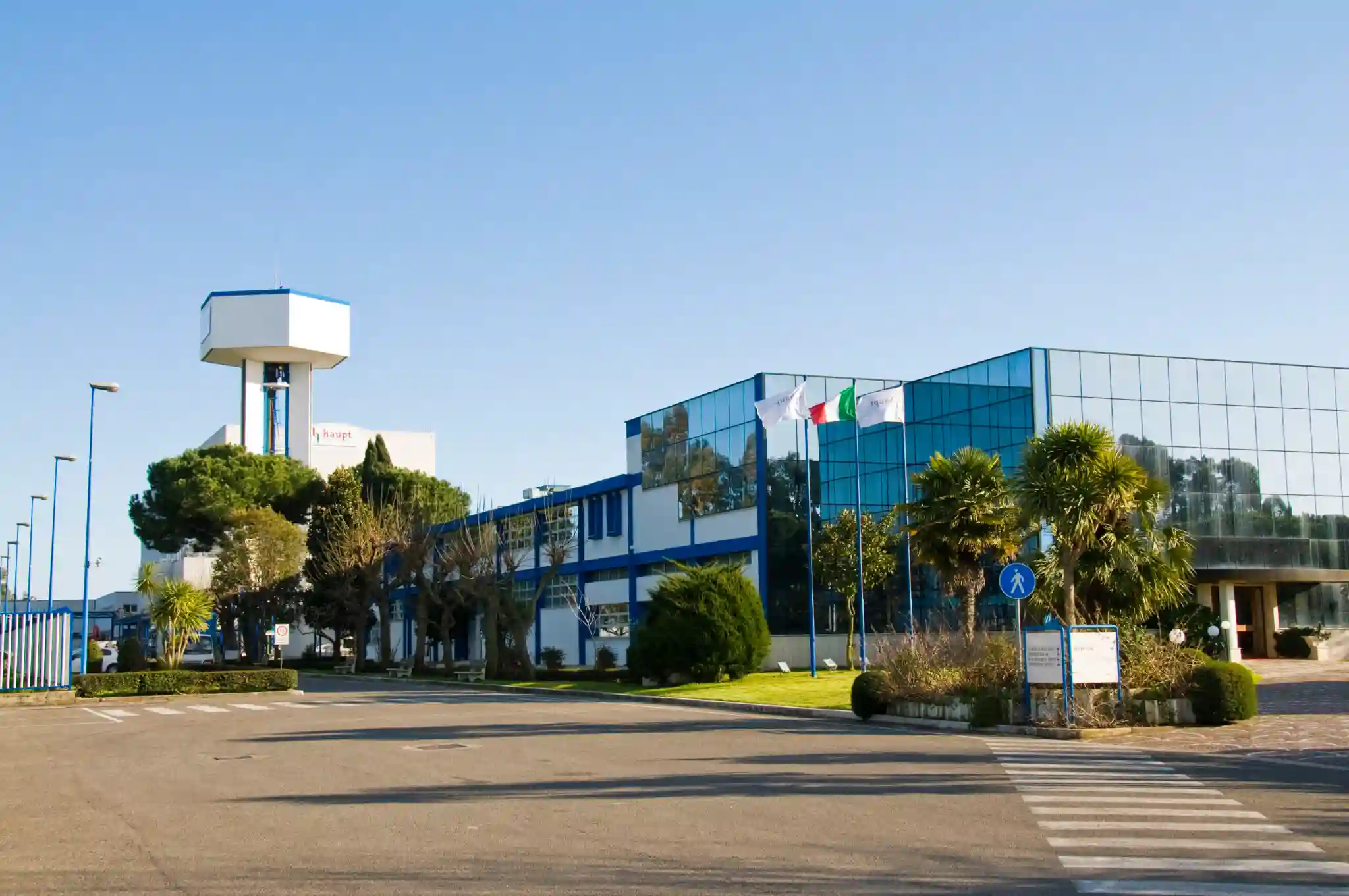
Finding—and then successfully partnering with—the right biologics Contract Development and Manufacturing Organization (CDMO) can be a make-or-break step for any sponsor working with monoclonal antibodies, recombinant proteins, cell and gene therapies, or vaccines. Yet the search is complicated: capacity is tight, technical capabilities vary, and regulatory track records are seldom obvious at first glance.
That is where MAI CDMO comes in. Rather than acting as a manufacturer itself, MAI CDMO operates as a specialised matchmaking platform, connecting innovators with rigorously vetted biologics CDMOs worldwide. The goal: compress your vendor-selection timeline from months to weeks and ensure you land with a partner that truly fits your molecule, budget, and launch strategy.
Below, we outline the critical considerations for selecting a biologics CDMO—along with how a dedicated platform like MAI CDMO can streamline each step.
1 | Define Your Technical Needs Early
Before you start short-listing suppliers, be crystal-clear on:
- Expression system and expected titers (CHO, HEK, microbial, insect, cell-free, etc.).
- Batch scale for each clinical phase and the first two commercial years.
- Product format—liquid, lyophilised, prefilled syringe, viral vector, autologous cell therapy, and so on.
- Containment requirements (e.g., BSL-2 viral work or high-potency handling).
Providing hard numbers lets a CDMO confirm true feasibility, ensuring you don’t burn cycles on feel-good but ultimately incompatible proposals. MAI CDMO’s intake form captures those data points and cross-matches them—instantly filtering out sites that lack necessary bioreactor volumes, fill-finish lines, or containment suites.
2 | Interrogate Regulatory & Quality Performance
Agency citations, warning letters, and supply interruptions can derail even the best science. When evaluating candidates, ask for:
- Most recent FDA/EMA/MHRA inspection outcomes (including any Form 483 observations).
- Data-integrity systems—electronic batch records, audit-trail reviews, and Part 11 compliance.
- Track record with biologics comparability and viral-clearance validation.
MAI CDMO maintains a living database of inspection histories and quality-management KPIs, giving you a clear, side-by-side view before you ever sign an NDA.
3 | Assess Digital and Operational Maturity
A modern biologics plant is as much a data factory as a protein factory. Look for:
- Manufacturing Execution Systems (MES) that support real-time release.
- Process Analytical Technology (PAT) and automated harvest systems that cut variation.
- Single-use versus stainless-steel strategy for flexibility and contamination control.
Because MAI CDMO routinely audits its network, you receive up-to-date intelligence on each site’s digital footprint—saving you the travel budget and the guesswork.
4 | Map Capacity and Scalability
Nothing hurts valuation like a clinical hold because your CDMO ran out of slots. During selection:
- Confirm available bioreactor footprints for the next 18–24 months.
- Probe tech-transfer timelines and historical on-time, in-full (OTIF) metrics.
- Discuss contingency campaigns in case of sudden demand spikes.
The MAI CDMO platform uses a proprietary algorithm that quantifies open capacity against your forecast, flagging potential bottlenecks before they bite.
5 | Lock Down IP and Supply-Chain Security
Your cell line or viral vector is the crown jewel of your program. Ensure:
- Clear ownership clauses for cell banks, analytics, and in-process data.
- Geographic redundancy for critical raw materials and consumables.
- Robust cybersecurity for both shop-floor systems and cloud data.
MAI CDMO’s legal templates and standardized audit checklists accelerate negotiations while protecting your proprietary science.
6 | Avoid the Classic Pitfalls
- Late viral-clearance studies
- Start risk mapping during cell-line development and schedule clearance assays in parallel with tox runs.
- Overlooking fill-finish complexity
- Engage a partner (or partner network) that can handle bulk drug substance and the final dosage form to avoid double validation.
- Chasing the lowest unit cost
- Factor in compliance risk, yield loss, and launch delays. The lowest quote can be the most expensive mistake.
MAI CDMO’s decision-support dashboard highlights total cost of ownership, not just price per gram, so finance and technical teams can align on true project economics.
7 | How MAI CDMO Simplifies Your Search
- Rapid Requirements Capture – A 30-minute questionnaire feeds directly into the matchmaking engine.
- Curated Short List – Receive 3–5 pre-qualified CDMOs within days, each matched for tech fit, capacity, and compliance history.
- Side-by-Side Analysis – Interactive scorecards let you weigh cost, timeline, and risk factors at a glance.
- Facilitated Due Diligence – Schedule site tours, technical Q&A sessions, and quality audits through a single point of contact.
- Negotiation Support – Standardised MSAs, quality agreements, and SLA frameworks reduce legal drag by up to 40 percent.
Final Word
In today’s competitive biologics landscape, the speed and precision of your CDMO selection can be as important as the science behind your molecule. A specialised connector such as MAI CDMO removes blind spots, compresses timelines, and ensures you pair with a manufacturing partner capable of shepherding your therapy from lab bench to patient bedside—on budget and on schedule.
Ready to find your ideal biologics CDMO?
Visit MAI CDMO to start your rapid, data-driven matchmaking journey today.
Key takeaway: Leveraging a dedicated platform like MAI CDMO transforms CDMO selection from a risky, months-long search into a streamlined, insight-rich process—empowering pharmaceutical companies to focus on what matters most: delivering life-changing biologics to patients faster.